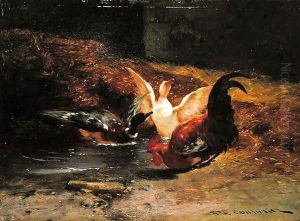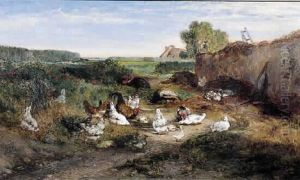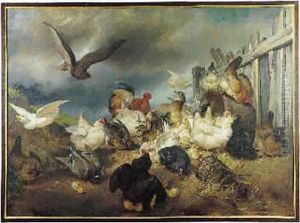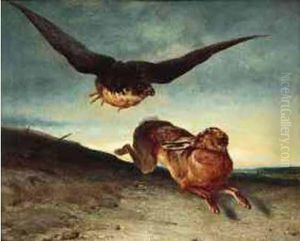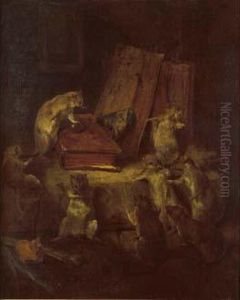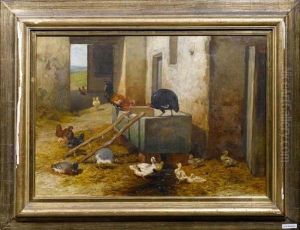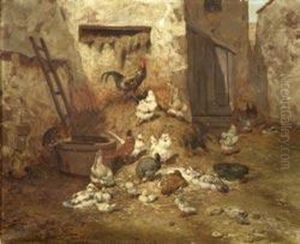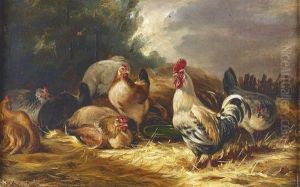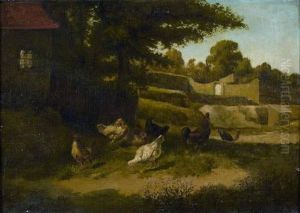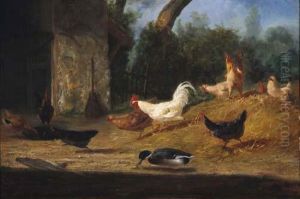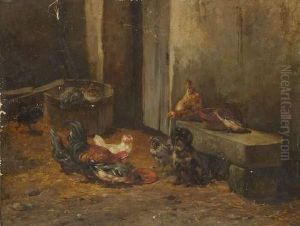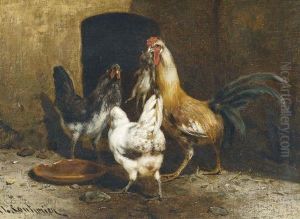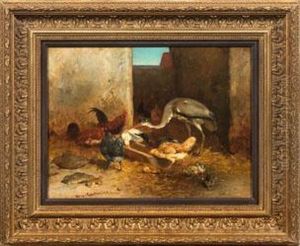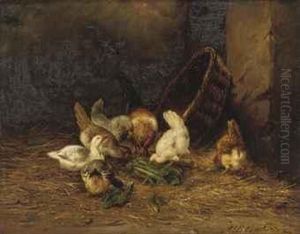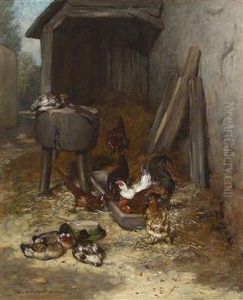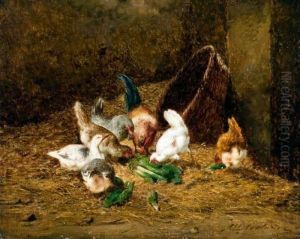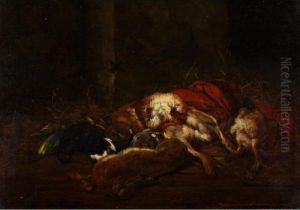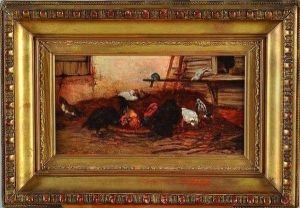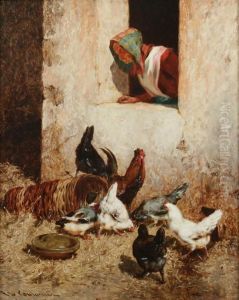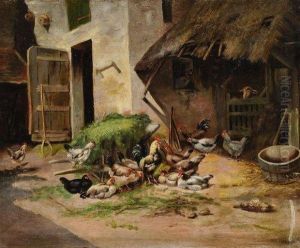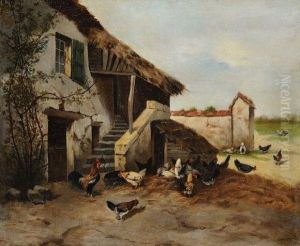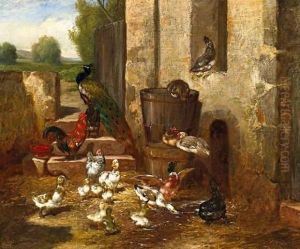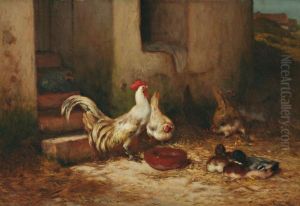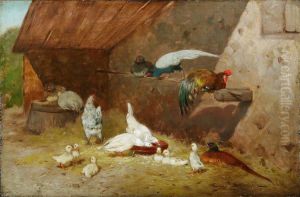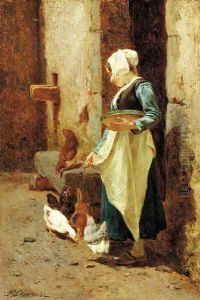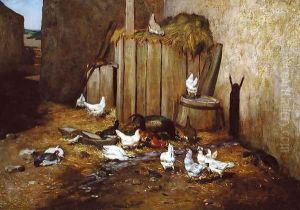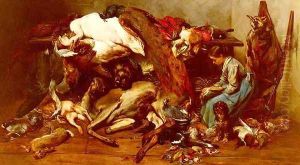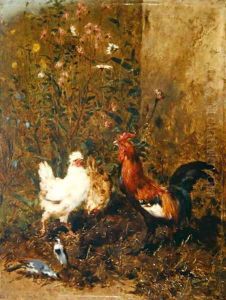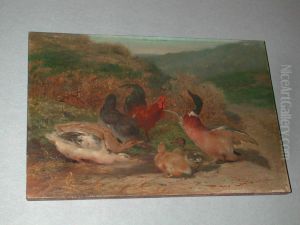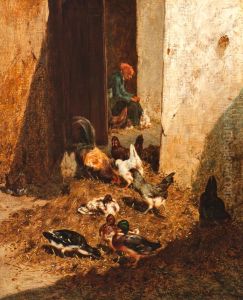Philibert Leon Couturier Paintings
Philibert Léon Couturier was a French landscape painter born on September 10, 1823, in Saint-Marcellin, a small town in south-eastern France. He is known for his serene and pastoral landscapes, which reflect the calm and beauty of the French countryside. Couturier was part of the Barbizon school, a group of artists who eschewed the formal traditions of the French Academy and painted en plein air (outdoors) long before the Impressionists made this approach famous.
Couturier studied under various artists, including the landscape painter Louis Français and historical painter Léon Cogniet, which helped him develop his technique and composition skills. His artwork often displayed a refined attention to detail and a deep appreciation for nature, which was typical of the Barbizon school. Couturier exhibited his works at the Paris Salon, the official art exhibition of the Académie des Beaux-Arts in Paris, and garnered recognition and respect among his peers.
Throughout his career, Couturier's work evolved, but he consistently focused on the interplay of light and shade, the changing seasons, and rural themes. He was not as well-known as some of his Barbizon peers, like Jean-François Millet or Théodore Rousseau, but his contributions to the movement were significant in promoting the shift towards naturalism in art.
Philibert Léon Couturier died on August 15, 1901. His legacy is preserved in the landscapes that captured the quiet splendor of the French countryside, and his works can be found in various museums and collections in France and around the world. He remains a respected figure among the second generation of the Barbizon school painters, and his art continues to be appreciated for its peacefulness and technical skill.
